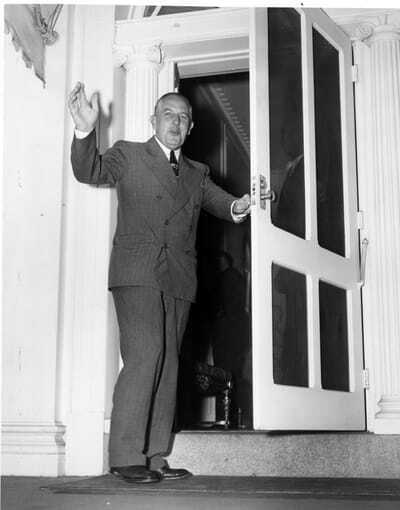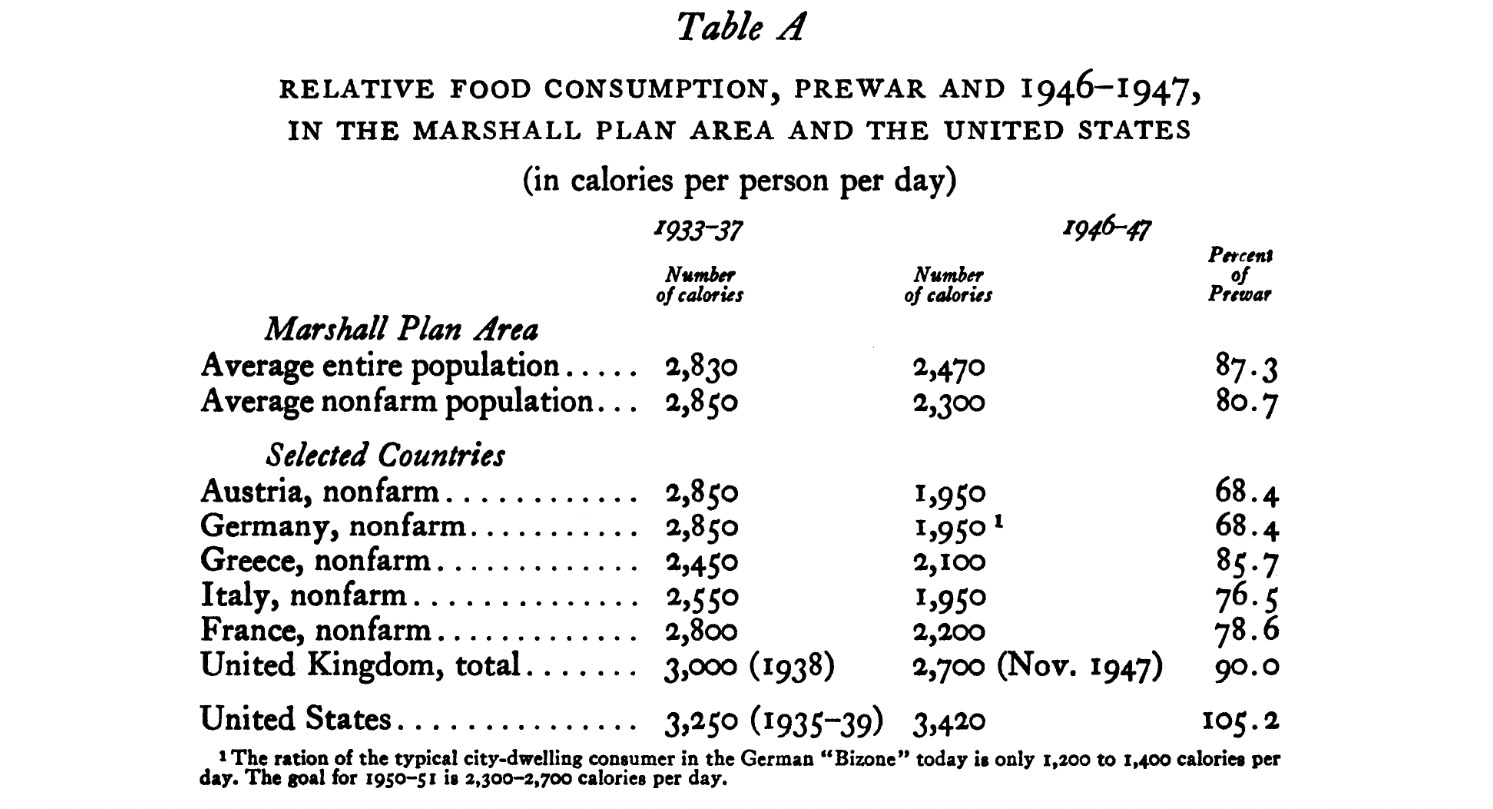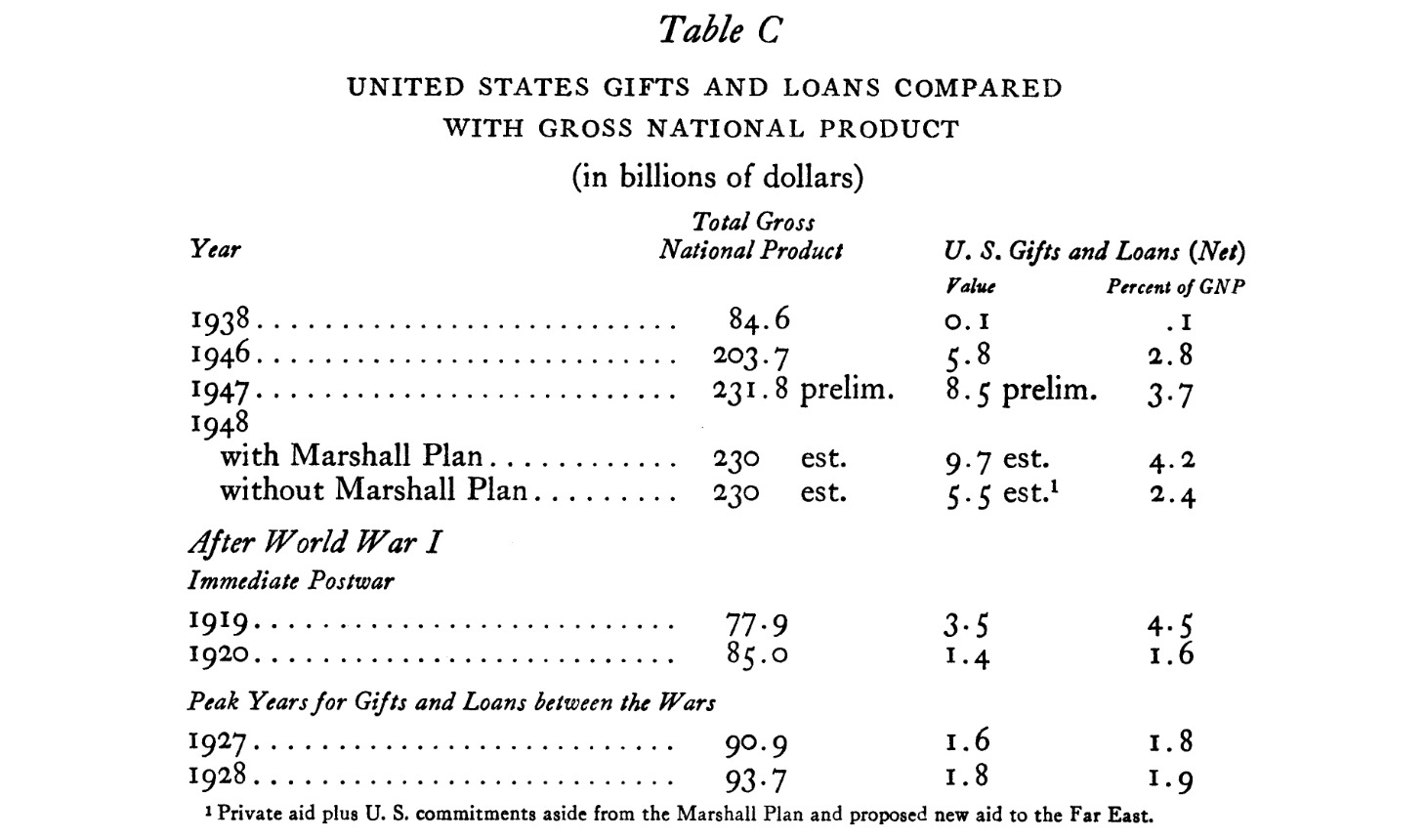Marshall Plan
Why Was the Marshall Plan Implemented?
After the end of the world's most brutal conflict—World War II—people cheered for peace. However, peace and prosperity did not arrive in Europe as expected. Due to the devastation of the war, European people and nations faced immense economic pressure. Children and young people couldn’t afford to go to school, and some families didn’t even have enough food to eat. Europeans suffered from hunger and cold. At the same time, European governments were under tremendous economic strain and were on the brink of economic collapse.
At this critical moment, the United States stepped in, and the Marshall Plan was born.
What Kind of Plan Was It?
It was an ambitious plan involving multiple countries, regions, and ethnic groups, as well as substantial financial resources. War-torn and scarred Europe gladly accepted this rare olive branch. The Marshall Plan was massive in scale and complex in its implementation. As we can see from the chart next to us, this grand plan included providing food and supplies to struggling European populations. It meticulously calculated the per capita caloric intake for different countries and allocated food aid to each nation based on these specific data points.
In the same chart on the left, we can see that the total amount of financial aid the U.S. provided to Europe prior to the implementation of the Marshall Plan had already been roughly accounted for (the specific data is shown in the chart).
From the table, we can observe that the absolute amount of grants and loans in the 1948 budget was $9.7 billion, a figure significantly larger than what had been previously committed to similar purposes.
Despite the immense economic pressure—after all, providing aid to 14 developed European nations required vast sums of money—the Marshall Plan was carried out relatively smoothly.


